Tag: Let’sReadandFindOut
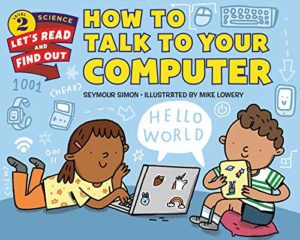
How to Talk to Your Computer (Let’s-Read-and-Find-Out Science 2)
Have you ever wondered how to get a computer to do something? First you need to speak in a way it can understand! Read and find out all about
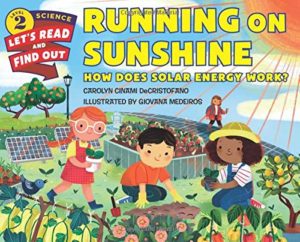
Running on Sunshine: How Does Solar Energy Work? (Let’s-Read-and-Find-Out Science 2)
The sun is a source of energy for living things. Energy that comes from sunshine is called solar energy. But how does solar energy work? And how can we
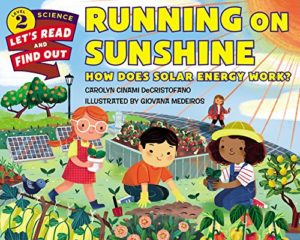
Running on Sunshine: How Does Solar Energy Work? (Let’s-Read-and-Find-Out Science 2)
The sun is a source of energy for living things. Energy that comes from sunshine is called solar energy. But how does solar energy work? And how can we
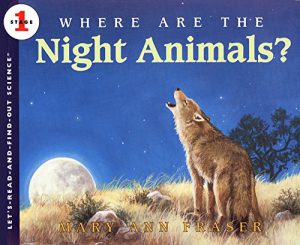
Where Are the Night Animals? (Let’s-Read-and-Find-Out Science 1)
Did you know that a barn owl has one ear higher than the other? This helps it find squeaking mice that humans can’t hear. Baby opossum hang on to
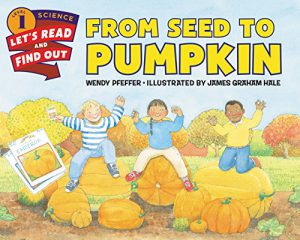
From Seed to Pumpkin (Let’s-Read-and-Find-Out Science 1)
In the fall, pumpkins are everywhere: in the garden, in the supermarkets, and on doorsteps. But do you know how they grow from a tiny yellow seed to a
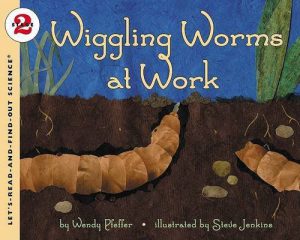
Wiggling Worms at Work (Let’s-Read-and-Find-Out Science 2)
Crawling through the dirt, worms are hard at work, helping plants to grow. Worms help the fruit and vegetables we eat by loosening the soil and feeding the plants.
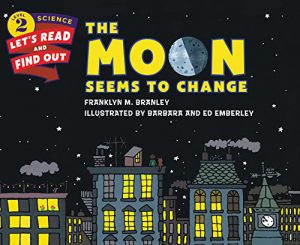
The Moon Seems to Change (Let’s-Read-and-Find-Out Science 2)
Have you noticed that the moon sometimes seems to grow and shrink? Read and find out about the phases of the moon! With a simple experiment using an orange,
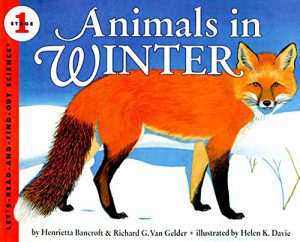
Animals in Winter (Let’s-Read-and-Find-Out Science)
Have you ever seen a butterfly in the snow? Probably not. Butterflies can’t survive cold weather, so when winter comes, many butterflies fly to warmer places. They migrate. Woodchucks
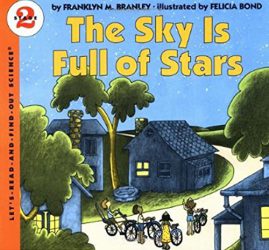
The Sky Is Full of Stars (Let’s-Read-and-Find-Out Science 2)
Young stargazers learn about different star colors and brightnesses, how to locate major constellations, and how to make mini planetariums by using coffee cans and flashlights. ‘A fine job